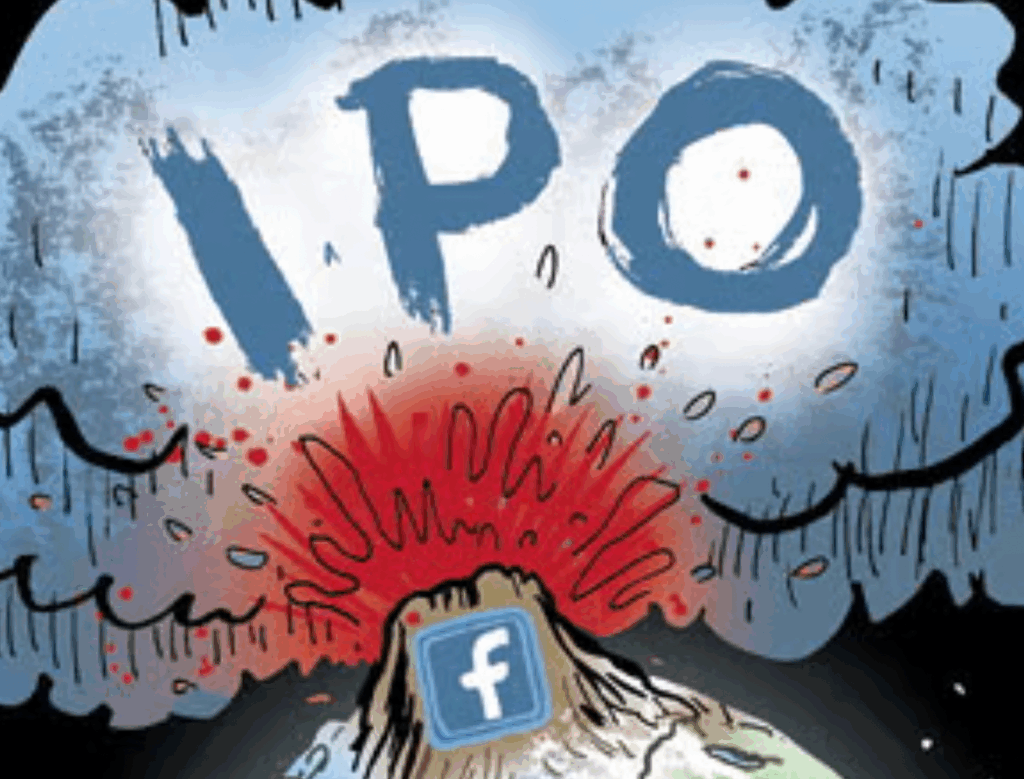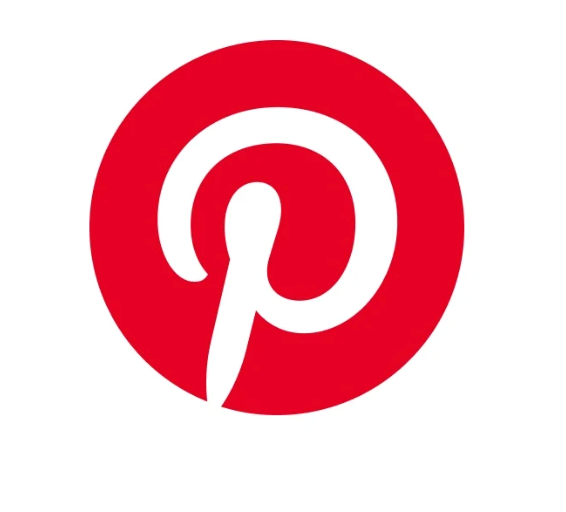HBA-related Web sites deliver `intimacy marketing’ to consumers. Traditional stores better schedule a makeover.
A rose by any other name may smell as sweet, but it probably won’t cost as much.
Online marketer Universal Domains paid $1 million in June to buy the domain name “Beauty.cc.” It’s the latest bid for a piece of the $24 billion-plus health and beauty care market, which is projected to reach $29.3 billion by 2003. Online sales should hit $1.2 billion this year, and could go as high as $10.3 billion by 2004 – five percent of total HBA sales, predicts Boston-based Forrester Research.
Between retail startups and manufacturers’ own sites, the computer is becoming hot-linked to the medicine cabinet, and is forcing bricks-and-mortar stores into point-of-purchase makeovers to keep up.
Web sites offer an intimacy that suits personal care and cosmetics. Reflect.com, the $50 million startup of Procter & Gamble and Institutional Venture Partners, has sold more than 250,000 customized skin, hair, and cosmetics products since its December launch. Shoppers create a personal profile, then design their own products based on prompts. Shipping is free, information is confidential, and products are upscale. Three days after their order is shipped, first-time buyers get a live orchid as a thank you. Browsers who register and create a product but don’t buy it get a surprise “delight sample” with their name on the bottle.
“Our marketing programs start with one premise: We want to build a relationship with women,” says Richard Gerstein, Reflect.com’s vp-marketing and design. “Our relationship is much closer to a doctor/patient relationship than retailer/customer, because of the level of information women share about themselves.”
The site offers kits to test water hardness, skin tones, and other kinds of information customers use to make individually tailored items. Reflect.com gives away kits at local San Francisco events to drive site traffic, and sells the kits online. If a shipment is delayed, customer service sends a coupon for Starbucks coffee to ease the wait. “If we really screw up, we send chocolates as an apology,” Gerstein says. “We could send a coupon, but we’d rather treat this as a relationship than [as] a business deal.”
To make women comfortable sharing information, “we send a few signals,” including no outside ads and a very strict privacy policy. “We don’t give the information to anyone, not even P&G,” says Gerstein, a 13-year P&G veteran who quit the company to join Reflect.com. He says P&G provides board members – including newly named ceo A.G. Lafley (see story, pg. 36) – financing, and such resources as consumer research and scientists.
P&G is more interested in information than in sales, contends Lisa Allen, analyst with Forrester Research. “Procter & Gamble sees Reflect.com as one big-time, real-time market research tool. They can get information directly from consumers on a range of products, then feed it back to the mother ship in Cincinnati. Sales are secondary,” she says. “Even if they lose money in direct sales, they gain value in market research.”
Gerstein laughs at that notion, saying, “It would be the most expensive research project ever.”
In mid-June, the site began a promotion with bluemountain.com giving away $10 gift certificates attached to Blue Mountain’s greeting cards. In April, Reflect.com cut a deal with America Online to host My Look on AOL’s Women’s Channel, extending its reach to AOL’s 23 million members.
Other sites act more like traditional retailers by selling national brands – often at discount. Beauty.cc is expected to launch later this year with “lots of eye candy and mesmerizing content that will lead to direct sales of products and services,” says Universal Domains president Alan Brown in a statement. BeautyMerchant.com, Fort Lauderdale, FL, is running an eight-week campaign that includes promos on shopnow.com, speedyclick.com, and chaseshop.com as well as e-mails and banner ads. The eight-month-old site offers deep discounts (five percent deeper than any other site) on 8,000 cosmetic, toiletry, and personal-care SKUs, with plans to add homeopathic and healthcare items. The site launched in December with a Super Millennium campaign giving away a $3,000 shopping spree every two weeks. (The site’s not very interactive, although shoppers can submit questions to an in-house beauty advisor.)
Avon.com will relaunch in late summer, giving Avon’s 500,000 U.S. sales reps the ability to create personalized Web pages to handle customer prospecting, ordering, account status, and payments. New York City-based Avon cut a deal with Gateway, Covad/LaserLink.net, and iBelong, Inc. to get discounts on computers and Internet access for Avon Ladies.
For shoppers, Avon.com just finished a Test Your Beauty IQ sweeps awarding 10 $100 shopping sprees and 40 second-prize packages of $58 in products. Entrants (online or via mail) gave name, address, phone number, gender, and age.
Nine-month-old Beauty.com is upgrading its personalization by wiring into parent drugstore.com, which bought the beauty site in February. In May, drugstore.com cut a deal with Amazon.com to be the bookseller’s HBA “tab,” hot-linking Amazon’s 20 million shoppers to its drug and beauty sites. “The beauty of the Web is this trail of information,” which enables sites to e-mail brand promos to past purchasers (beauty.com) and “replenishment reminders” when an item is running low (drugstore.com), says Kristin Buzun, director of marketing for beauty.com. “The online shopper’s priorities are time and convenience.” Real-time chats with “advisors” streamline shopping when consumers “don’t have time to run to Lord & Taylor and stand in line for an hour,” Buzun says.
The Internet frees manufacturers from retailer control – but also, ironically, helps retail sales. “Consumers blur the line between retailers and manufacturers” online, Allen says. Eighty-five percent of shoppers seek out manufacturers’ sites. That lets manufacturers build a direct relationship with consumers while boosting sales for channel partners. Estee Lauder filled about 5,000 sample requests for Clinique moisturizer via its Web site, then followed up to ask if samplers eventually bought the product. Many did – most in department stores, Allen reports. While privacy concerns may prevent manufacturers from sharing names and addresses with retailers, marketers can glean helpful information about general consumer likes and dislikes that could improve the in-store experience.
BRICKS, MORTAR, AND PESTLES
HBA is “an image-based, emotionally based category,” says Jon Kramer, president of J.Brown/LMC Group, Stamford, CT, whose clients include Procter & Gamble. “You see these beautiful, aspirational TV spots, then go into a sterile store where stuff is just thrown up on the shelves like everything else. There’s a total disconnect from the brand product to purchase.” That challenges retailers – especially grocers, who are losing volume to mass merchandisers and drugstores – to bring the category environment into the store.
Manufacturers have taken the lead with stylish (and occasionally interactive) displays. Johnson & Johnson created an eye-catching temporary display last year to launch Johnson’s Kids hair-care products in funky shaped bottles and flavors. Smurfit-Stone Display Group, Chicago, produced the displays. Intimate Brands’ Bath & Body Works chain developed a Color Playstation to encourage shoppers to sample its Beautiful by Nature cosmetics. The Playstation displays, produced by The Royal Promotion Group, New York City, work as a secondary selling station for the line. Both displays won gold Outstanding Merchandising Achievement (OMA) Awards from Point of Purchase Advertising International earlier this year.
But even award-winning, image-heavy displays need to better engage consumers. Coty’s holiday pallet display for Stetson cologne (another OMA winner), for instance, extends the brand’s image but doesn’t draw in shoppers. Gerstein expects to see gift-with-purchase “freebies” continue to be big, and more gift-giving – another pet project over at P&G (see story, pg. 34).
Despite the traffic benefits they’re currently receiving, retailers are distanced from the conversation these sites are having online with consumers. Talk ain’t cheap, but it’s crucial to intimate marketing.



